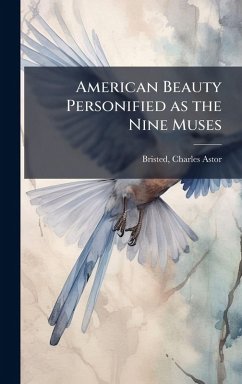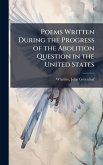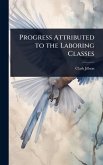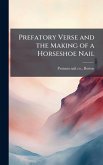"American Beauty Personified as the Nine Muses" by Charles Astor Bristed, published around 1870, is a fascinating example of 19th-century American poetry. Bristed, a notable figure in the literary circles of his time, offers a unique blend of classical allegory and American idealism. This epic poem reimagines the nine Muses as embodiments of American beauty and virtue, reflecting the nation's aspirations and self-image during a period of significant transformation. Bristed's work provides valuable insights into the cultural and intellectual landscape of the United States in the late 19th century. Readers interested in American history, classical literature, and the evolution of American identity will find this poem a compelling and thought-provoking read. Bristed's skilled use of language and vivid imagery creates a memorable portrait of American beauty through a classical lens. This work has been selected by scholars as being culturally important, and is part of the knowledge base of civilization as we know it. This work was reproduced from the original artifact, and remains as true to the original work as possible. Therefore, you will see the original copyright references, library stamps (as most of these works have been housed in our most important libraries around the world), and other notations in the work. This work is in the public domain in the United States of America, and possibly other nations. Within the United States, you may freely copy and distribute this work, as no entity (individual or corporate) has a copyright on the body of the work. As a reproduction of a historical artifact, this work may contain missing or blurred pages, poor pictures, errant marks, etc. Scholars believe, and we concur, that this work is important enough to be preserved, reproduced, and made generally available to the public. We appreciate your support of the preservation process, and thank you for being an important part of keeping this knowledge alive and relevant.
Bitte wählen Sie Ihr Anliegen aus.
Rechnungen
Retourenschein anfordern
Bestellstatus
Storno








